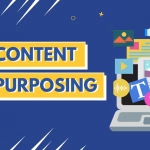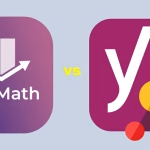Years ago, I wrote an article packed with valuable insights, but it flopped—all because of a weak headline. That’s when I learned how to write clickable headlines is the key to getting your content seen.
No matter how great your content is, a boring headline can make it invisible. Let me show you how to craft headlines that grab attention, spark curiosity, and drive clicks in 2025 and beyond.
Why Headlines Matter More Than Ever
In today’s digital landscape, we’re competing with an overwhelming amount of content. Did you know that people make snap judgments about whether to read your content in less than a second?
Even more striking, while 8 out of 10 people will read your headline, only 2 out of 10 will read the rest of your content.
The Psychology Behind Compelling Headlines
Understanding how headlines trigger emotional responses has been a game-changer in my content strategy.
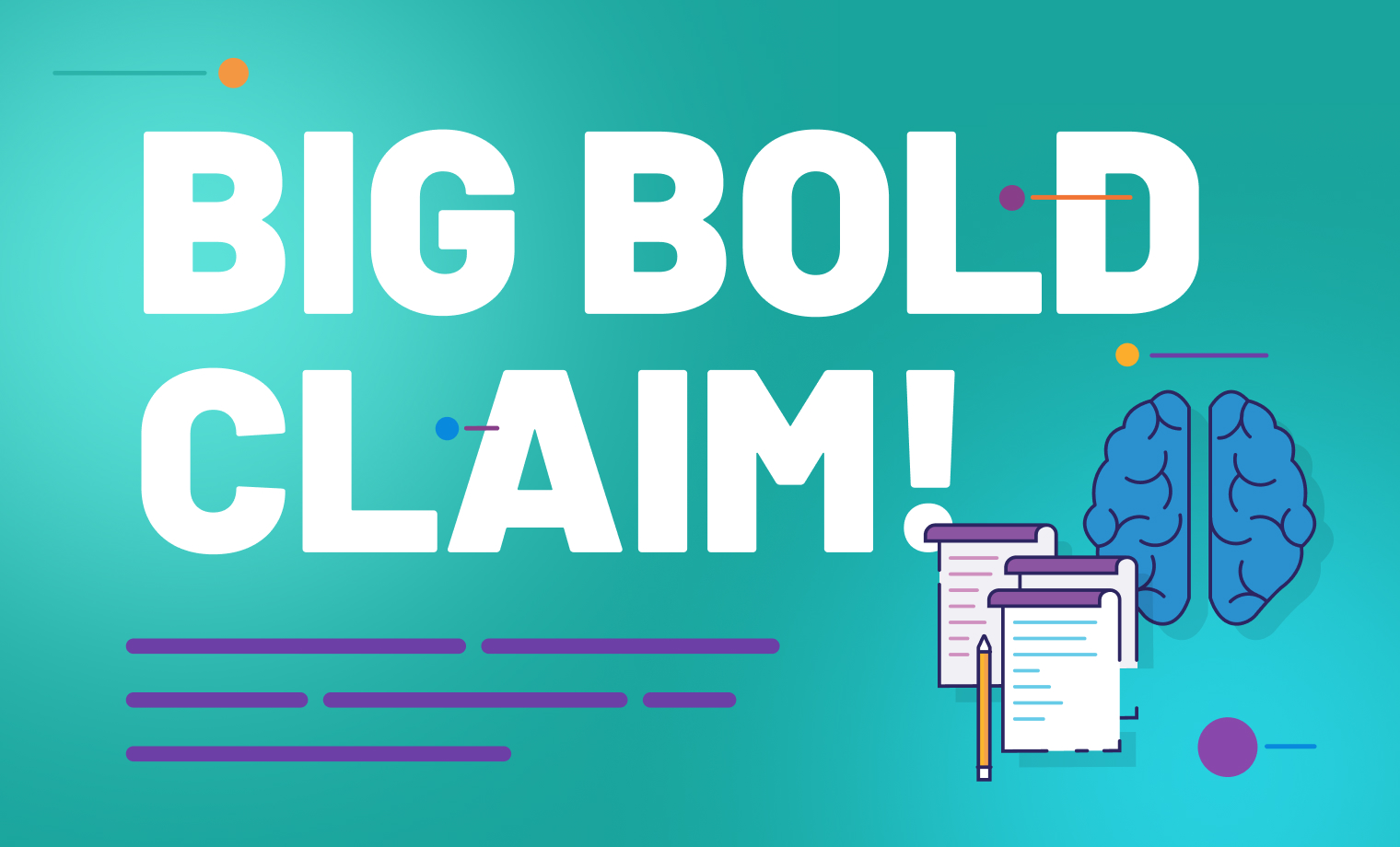
Headlines tap into fundamental human psychology – curiosity, fear of missing out (FOMO), desire for improvement, and emotional connection.
Essential Elements of High-Converting Headlines
1. The Numbers Game
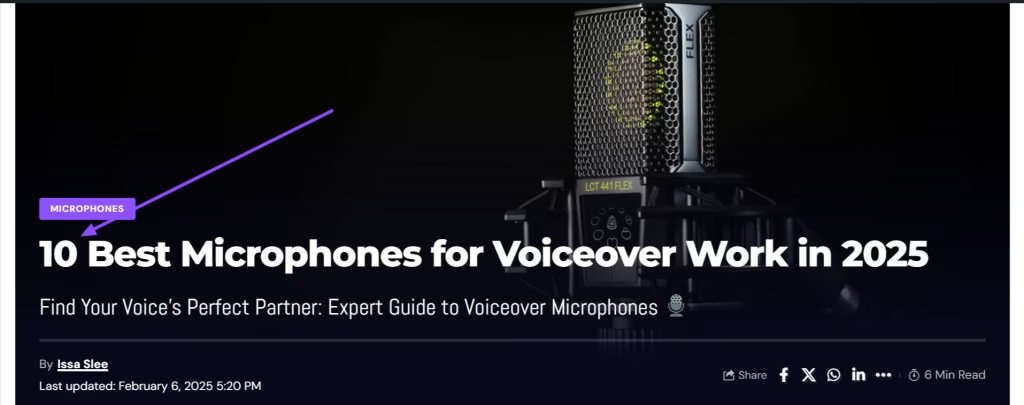
Using numbers in headlines isn’t just a trend – it’s backed by data. Articles with numbers in their headlines receive 36% more engagement. I’ve seen this firsthand when A/B testing headlines.
2. Power Words That Convert
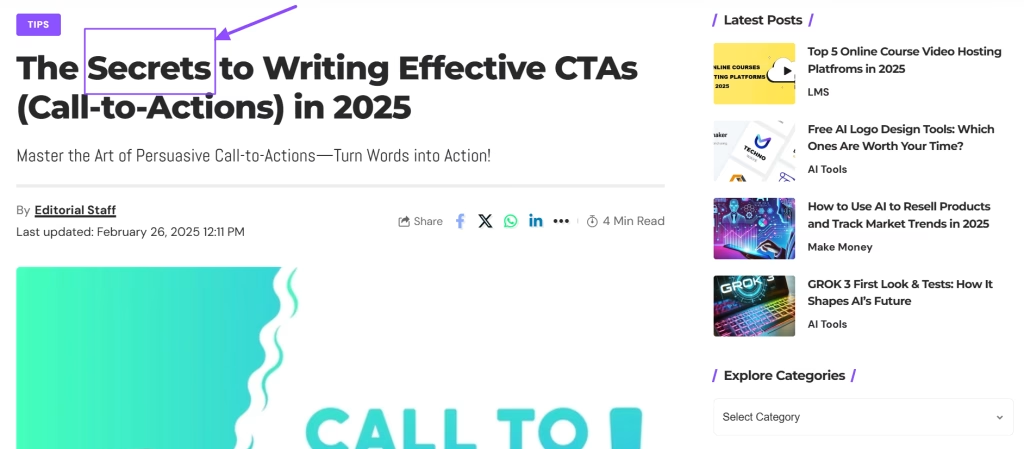
Certain words consistently trigger higher engagement:
- “Secrets”
- “Essential”
- “Ultimate”
- “Proven”
- “Exclusive”
3. Length Matters
The sweet spot for headline length is typically between 6-8 words or 55-70 characters. Tools like CoSchedule’s Headline Analyzer have helped me optimize countless headlines within these parameters.
Advanced Headline Writing Techniques
1. The 4 U’s Formula
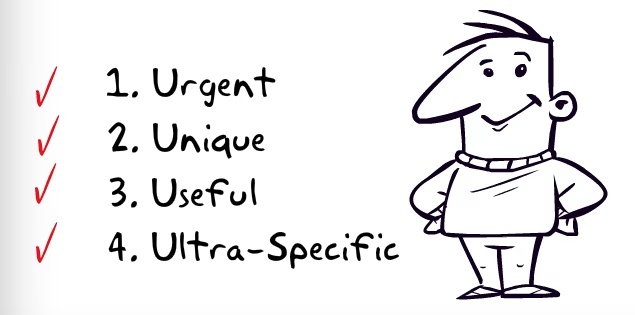
Every compelling headline should be:
- Useful
- Urgent
- Unique
- Ultra-specific
2. AI-Powered Headline Creation
Modern tools have revolutionized headline writing:
- DeepSeek/Claude/ChatGPT for generating variations
- Headline Studio for optimization
- Ryte for SEO analysis
- Copy.ai for creative inspiration
Platform-Specific Headlines
Different platforms require different headline approaches:
Email Subject Lines
Focus on personalization and urgency. I’ve seen open rates increase by 50% just by including the recipient’s name and a time-sensitive element.
Social Media Headlines
Keep them punchy and emotional. LinkedIn tends to favor professional, solution-oriented headlines, while Twitter rewards wit and brevity.
Blog Post Titles
Balance SEO requirements with reader engagement. Include your target keyword naturally while maintaining emotional appeal.
Common Headline Writing Mistakes to Avoid
In the pursuit of mastering how to write clickable headlines, be keen to avoid the following:
- Clickbait that doesn’t deliver
- Overused formulas
- Vague promises
- Keyword stuffing
- Neglecting emotional triggers
Testing and Optimization Strategies
A/B Testing Framework
I’ve developed a systematic approach to headline testing:
- Create 3-5 variations
- Test each for equal periods
- Analyze click-through rates
- Implement winning versions
- Repeat with new variations
The Future of Headline Writing
With AI and machine learning advancing rapidly, headline creation is evolving. Tools can now predict headline performance with increasing accuracy, but human creativity remains crucial for that winning edge.
Best Practices for Different Content Types
How-To Articles
Example: “How to Create and Make Money from AI-Generated Art (Guide)“
List Posts
Example: “10 Proven Ways to Increase Your Blog’s Engagement in 2025“
Case Studies
Example: “How One Headline Change Increased Our Traffic by 237%: A Case Study”
Final Thoughts
Remember, learning how to write clickable headlines is both an art and a science. While formulas and best practices are valuable, don’t be afraid to experiment and find what works best for your unique audience. The key is to continuously test, learn, and adapt.
Take action today: Start by rewriting the headlines of your top 5 performing posts using these techniques. Track the results, and let the data guide your future headline strategy.
FAQs
1. How long should a headline be for optimal performance?
For the best results, aim for headlines that are 55-70 characters or 6-8 words. This length works well for search engines, email subject lines, and social media, ensuring your headline is punchy yet informative.
2. Should I write my headline first or last?
It’s often helpful to write a draft headline first to shape your content’s direction. Then, refine it after completing your piece to better reflect the final message and optimize for engagement.
3. How many headline variations should I test?
Testing 3-5 headline variations for important content increases your chances of finding the most effective option. A/B testing helps you identify what resonates best with your audience.
4. Are question headlines effective?
Yes, question-based headlines can boost engagement by sparking curiosity — especially when they address a specific problem or pain point your audience wants to solve.
5. How can I make my headlines more SEO-friendly?
To optimize headlines for SEO:
- Include your target keyword naturally, ideally near the beginning.
- Keep it clear and compelling — avoid keyword stuffing.
- Add emotional triggers or power words to increase clickability.
6. Should I use negative or positive emotions in headlines?
Both can work, but positive emotions (like excitement or curiosity) generally perform better for long-term engagement. Negative headlines can grab attention, but use them sparingly to avoid alienating your audience.
7. How often should I use numbers in headlines?
Numbers are powerful, but balance is key. Aim for about 30-40% of your headlines to include numbers — this keeps your content dynamic without feeling formulaic.
8. Can I use the same headline across different platforms?
It’s best to adapt your headlines for each platform while keeping the core message consistent. Tailor for tone, character limits, and audience expectations — what works on Google might not work on Instagram.
9. How do I avoid writing clickbait headlines?
Avoid clickbait by ensuring your headline:
- Accurately reflects your content.
- Delivers on its promise — if you tease a solution or fact, make sure it’s genuinely included.
- Builds trust rather than misleading for short-term clicks.
10. What role does emotional value play in headline writing?
Emotionally charged headlines tend to perform 2-3 times better than neutral ones. However, authenticity is crucial — emotional appeal should enhance your message, not manipulate your audience.



